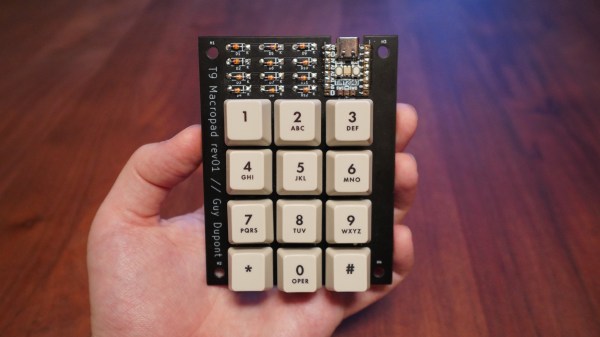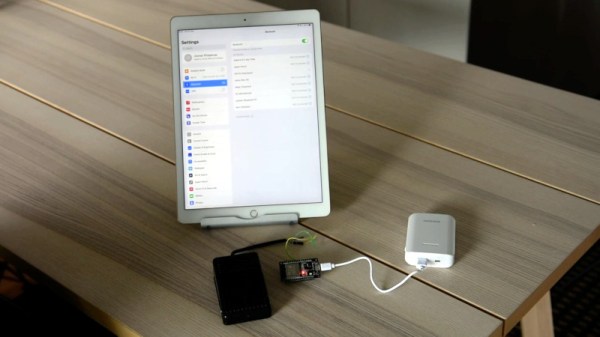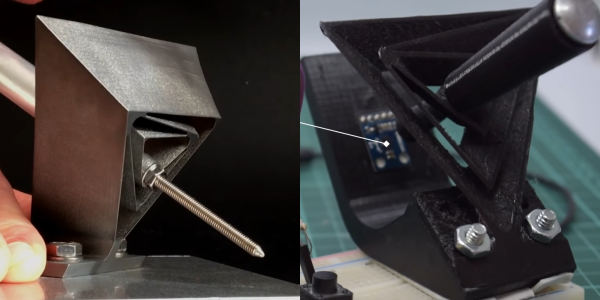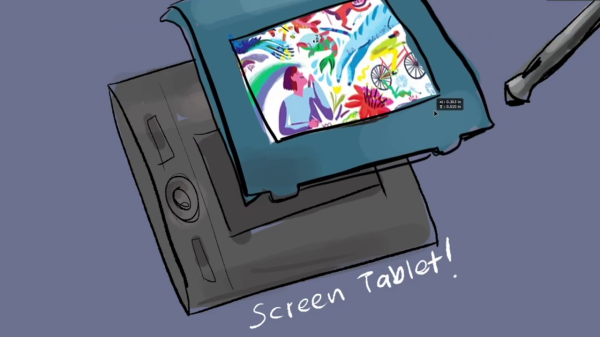Do you miss the mind-blowing typing speed of your old Nokia brick with predictive text turned on? Well, so did [Guy Dupont], so he created a USB keypad with T9 predictive text built-in to turn typing into a one-handed affair. Video after the break.
T9 was the first predictive text technology to gain widespread use in the late ’90s and early 2000s. The goal was to minimize the number of keypresses required for typing on multi-press keypads by matching key sequences to a dictionary of the possible words. It prioritizes words based on the frequency of use and can adapt to user preferences. [Guy] implemented T9 in Circuit Python, mainly for the RP2040 microcontroller used on the Raspberry Pi Pico, which will appear as a normal USB keyboard when plugged into any device. The dictionary is stored in the flash memory and can be updated using a tool also created by [Guy]. It can also change modes for old multi-press typing, numeric pad, or macro pad.
We would be interested to see just how fast it’s possible to type one handed with T9, and what application our readers can imagine. It doesn’t look like this implementation can learn the user’s preferences, which we think would be a worthy feature to add.
We’ve covered several unique custom keyboards recently, some more practical than others. On the silly side, these include a grenade-shaped function pad, a five-button chording keyboard, and a tiny two-key keyboard. Continue reading “Miss The Predictive Text From Your Old Nokia? Build Your Own T9 Keypad”




















